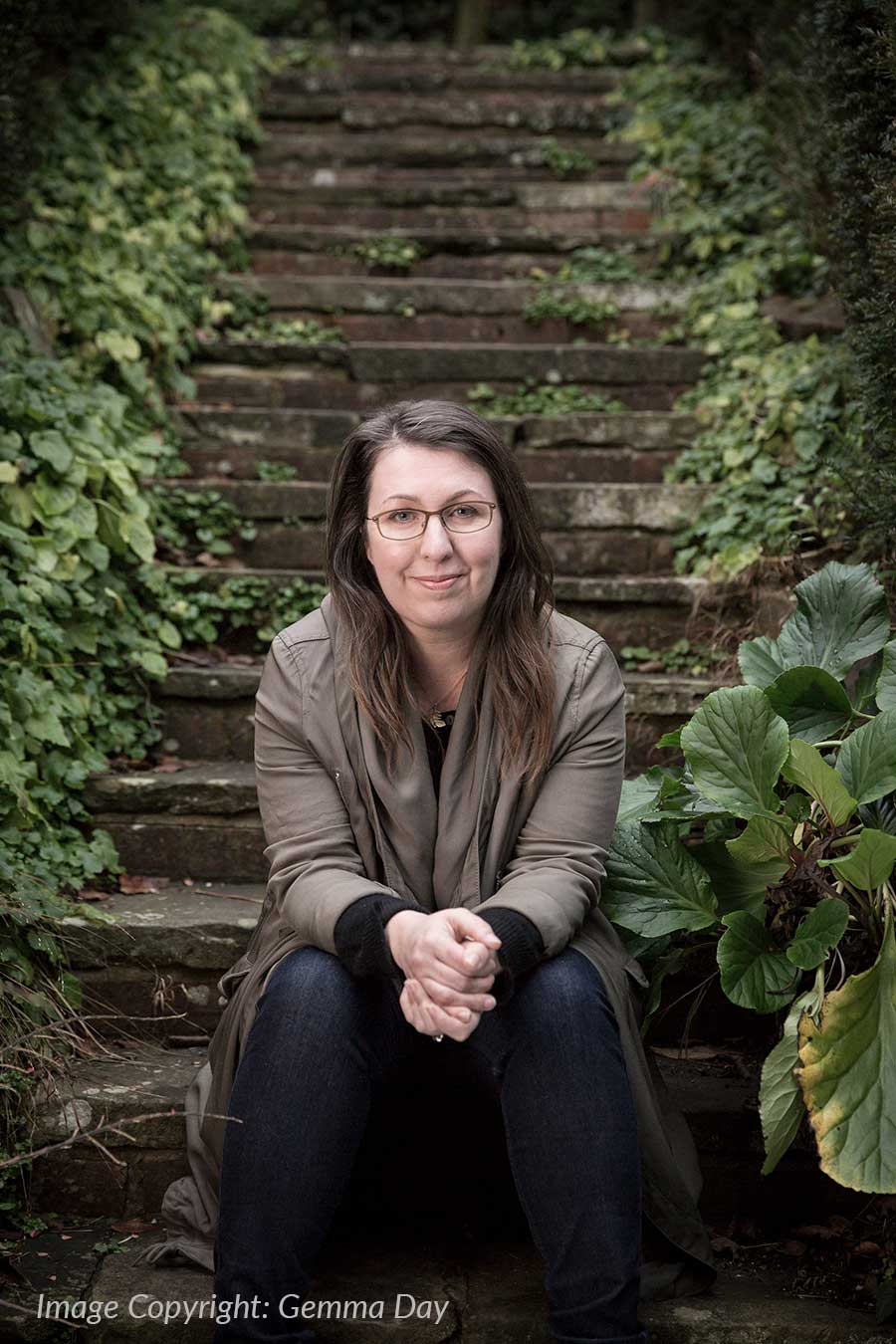
ABOUT RUTH
So I guess if you’ve clicked on this page, you’re interested in finding out more about me. Here is the paragraph that my publishers put on the back cover of my books:
Ruth Ware is an international number one bestseller. Her thrillers In a Dark, Dark Wood, The Woman in Cabin 10, The Lying Game, The Death of Mrs Westaway, The Turn of the Key, One by One, The It Girl and Zero Days have appeared on bestseller lists around the world, including the Sunday Times and New York Times, and have sold more than six million copies. Her books have been optioned for both film and TV, and she is published in more than 40 languages. Ruth lives near Brighton with her family. Visit ruthware.com to find out more.
If you’re writing a festival programme or presenting to your reading group, perhaps that’s all you need to know. But possibly you’ve already read that paragraph on the back of one of my books, and you’ve come here, as per the last line, to “find out more”.
At this point I should probably admit that by far the most interesting thing about me is my books, which are full of murder, family secrets, toxic friendships and things that go bump in the night, in contrast to my own very mundane, peaceful existence. I’m often asked which of my characters most resembles me, and I’m never quite sure how to feel about this, since my main characters are usually complicated, conflicted, lonely, spiky and sometimes downright criminal. Of course they’re also brave, defiant, dogged and occasionally very selfless – much more so than me, actually. If I was faced with half the set backs my characters encounter, I’m pretty sure I’d pack up and go home. The truth is that barring a few obvious overlaps (Nora in In a Dark, Dark Wood is a writer, Isa in The Lying Game is a parent) the biggest autobiographical element of most of my books is that the main characters are generally intolerant of bad coffee.
But if that doesn’t bother you, let me fill in some of the gaps and tell you a little bit about where I am today, and how I got here.
Right now, I’m a full time writer, and I feel very lucky to be able to type that. I’ve done a whole lot of other jobs, from waitressing to bookselling, and much as I loved them, my dream was always to be an author, and I was so glad when I was finally able to make that happen. I’m writing this at my desk in my office-slash-guestroom, so there is a bed to my right, which is very tempting when work is going badly. My desk faces a blank wall, which is deliberate, because I prefer to make sure the pictures in my head are more interesting than the view in front of me. But if I turn my head I can look out of the window at a beautiful living wall of trees – which I love. I find it very hard to live without trees, which is maybe why there are so many forests, woods and copses in my books. The trees are mostly holly and laurel – which is good, because they are evergreen, so it means I have something cheerful year round. But of course, they are also spiky (holly) and poisonous (laurel). Maybe that helps keep me on track as a crime writer?
How I got here is still kind of a mystery to me – but all I know is that I always wanted to be a writer, right from when I was a little girl. I was always scribbling out little stories, and when I was about 7 or 8 my mum went back to college and took a typing course, so then I began to type them out on her old fashioned type-writer, which somehow felt much more like a “real” book. All through my teens I kept writing, mostly on sheets of lined A4 paper, clipped into a ring binder, and the stories got longer and longer, until they began to resemble full-length books. A “novel” would take about one whole ring binder. But I was always too shy to show them to anyone (apart from my best friend, who read a couple of them), so they spent most of their time under my bed, hidden from prying eyes.
When I was in my twenties I began to work in the book industry. On the one hand, it was a brilliant apprenticeship, and I learned a lot about how publishing works. On the other hand, it gave me a massive attack of stage fright. I was working with some amazing, award-winning writers, and had a first-hand glimpse into the number of brilliant books published every single week, and it became increasingly hard to imagine that there would ever be a place for me on those heaving bookshop shelves. I kept writing, but I kept putting the books under the bed. (Or rather, leaving them on my hard drive, as by this time I had learned to touch type and use a word processor).
Eventually, when I was in my thirties and had two very small children, I realised that my writing was a hobby, and that I didn’t really have time for hobbies any more. I was snatching writing time in 30-minute chunks here and there while my baby napped, time I should more sensibly have spent washing my hair, or catching up on my own sleep. And I realised that unless I did something drastic, I was going to find my writing time whittled down further and further, until it likely disappeared all together.
That “drastic” step turned out to be plucking up my courage, and finally sending out a book to agents. It felt like a leap of faith at the time – like the main character in The Turn of the Key, I don’t deal well with failure, and publishing is full of rejections and heartbreak and set backs. I got my fair share of all three along the way. But I kept going, and I’m so incredibly glad that I did.
I’m often asked what advice I would give to aspiring writers, and although I wish I had a magic formula or something that would work for everyone, I don’t. The truth is that your obstacles are maybe not my obstacles. But I can tell you what I wish someone had told me, all those years ago, which was, have faith, and hang in there. Keep reading, keep writing, and keep sending out your work even when you get knocked back. Oh, and learn to self-edit.

ABOUT RUTH
So I guess if you’ve clicked on this page, you’re interested in finding out more about me. Here is the paragraph that my publishers put on the back cover of my books:
Ruth Ware is an international number one bestseller. Her thrillers In a Dark, Dark Wood, The Woman in Cabin 10, The Lying Game, The Death of Mrs Westaway, The Turn of the Key, One by One and The It Girl have appeared on bestseller lists around the world, including the Sunday Times and New York Times. Her books have been optioned for both film and TV, and she is published in more than 40 languages. Ruth lives near Brighton with her family. Visit www.ruthware.com to find out more.
If you’re writing a festival programme or presenting to your reading group, perhaps that’s all you need to know. But possibly you’ve already read that paragraph on the back of one of my books, and you’ve come here, as per the last line, to “find out more”.
At this point I should probably admit that by far the most interesting thing about me is my books, which are full of murder, family secrets, toxic friendships and things that go bump in the night, in contrast to my own very mundane, peaceful existence. I’m often asked which of my characters most resembles me, and I’m never quite sure how to feel about this, since my main characters are usually complicated, conflicted, lonely, spiky and sometimes downright criminal. Of course they’re also brave, defiant, dogged and occasionally very selfless – much more so than me, actually. If I was faced with half the set backs my characters encounter, I’m pretty sure I’d pack up and go home. The truth is that barring a few obvious overlaps (Nora in In a Dark, Dark Wood is a writer, Isa in The Lying Game is a parent) the biggest autobiographical element of most of my books is that the main characters are generally intolerant of bad coffee.
But if that doesn’t bother you, let me fill in some of the gaps and tell you a little bit about where I am today, and how I got here.
Right now, I’m a full time writer, and I feel very lucky to be able to type that. I’ve done a whole lot of other jobs, from waitressing to bookselling, and much as I loved them, my dream was always to be an author, and I was so glad when I was finally able to make that happen. I’m writing this at my desk in my office-slash-guestroom, so there is a bed to my right, which is very tempting when work is going badly. My desk faces a blank wall, which is deliberate, because I prefer to make sure the pictures in my head are more interesting than the view in front of me. But if I turn my head I can look out of the window at a beautiful living wall of trees – which I love. I find it very hard to live without trees, which is maybe why there are so many forests, woods and copses in my books. The trees are mostly holly and laurel – which is good, because they are evergreen, so it means I have something cheerful year round. But of course, they are also spiky (holly) and poisonous (laurel). Maybe that helps keep me on track as a crime writer?
How I got here is still kind of a mystery to me – but all I know is that I always wanted to be a writer, right from when I was a little girl. I was always scribbling out little stories, and when I was about 7 or 8 my mum went back to college and took a typing course, so then I began to type them out on her old fashioned type-writer, which somehow felt much more like a “real” book. All through my teens I kept writing, mostly on sheets of lined A4 paper, clipped into a ring binder, and the stories got longer and longer, until they began to resemble full-length books. A “novel” would take about one whole ring binder. But I was always too shy to show them to anyone (apart from my best friend, who read a couple of them), so they spent most of their time under my bed, hidden from prying eyes.
When I was in my twenties I began to work in the book industry. On the one hand, it was a brilliant apprenticeship, and I learned a lot about how publishing works. On the other hand, it gave me a massive attack of stage fright. I was working with some amazing, award-winning writers, and had a first-hand glimpse into the number of brilliant books published every single week, and it became increasingly hard to imagine that there would ever be a place for me on those heaving bookshop shelves. I kept writing, but I kept putting the books under the bed. (Or rather, leaving them on my hard drive, as by this time I had learned to touch type and use a word processor).
Eventually, when I was in my thirties and had two very small children, I realised that my writing was a hobby, and that I didn’t really have time for hobbies any more. I was snatching writing time in 30-minute chunks here and there while my baby napped, time I should more sensibly have spent washing my hair, or catching up on my own sleep. And I realised that unless I did something drastic, I was going to find my writing time whittled down further and further, until it likely disappeared all together.
That “drastic” step turned out to be plucking up my courage, and finally sending out a book to agents. It felt like a leap of faith at the time – like the main character in The Turn of the Key, I don’t deal well with failure, and publishing is full of rejections and heartbreak and set backs. I got my fair share of all three along the way. But I kept going, and I’m so incredibly glad that I did.
I’m often asked what advice I would give to aspiring writers, and although I wish I had a magic formula or something that would work for everyone, I don’t. The truth is that your obstacles are maybe not my obstacles. But I can tell you what I wish someone had told me, all those years ago, which was, have faith, and hang in there. Keep reading, keep writing, and keep sending out your work even when you get knocked back. Oh, and learn to self-edit.
TALKING TO RUTH
When did you start writing?
I always wrote. Always, always always, right from when I was a little girl, and even before I could write I was telling stories to my little sister about our dolls and teddies. As I grew older the stories got more and more involved and somewhere along the line the dolls were abandoned as protagonists, and I embarked on totally imaginary scenarios. By the time I was in my teens I was writing book length stories, but it took me a very long time to pluck up the courage to show them to anyone. Even now, at the beginning of a project, I tend to pretend that it’s never going to see the light of day, and I’m writing just for myself. It’s a way of giving myself the confidence to fail, I think.
Did you always want to become a writer?
Yes, but I never really believed it would happen. Becoming a writer seemed like something that other people did. I remember when I was a little girl having a conversation with my mum, where we were talking about what I wanted to be when I grew up. I must have been about seven or eight. I said I wanted to be a writer, and she explained that it was very competitive, and not very well paid (both of these statements are true!) She said that she thought maybe it would be a good idea for me to have a plan B, in case being a writer didn’t work out.
I thought for a while and asked whether it was someone’s job to write the blurbs on the back of books. She said she wasn’t sure, but presumably someone at the publishers wrote them. I nodded, and said well, if I couldn’t be a writer, that’s what I would like to do. Weirdly, it was pretty close to what I eventually ended up doing after university, and I wrote in the evenings and on days off, alongside the day job, for a long time before I eventually resigned and became a full time writer.
I still think it was good advice, and would encourage any author or would-be author to have a solid plan B.
What is your daily routine like?
When I was writing alongside the day job, I always had to squeeze it in around other commitments, so when I resigned and had the luxury of being able to write full time, I decided that I would try to treat it like an office job. I have smallish kids, so I drop them off at school, and then go home to my office (which is at the back of the house, in our spare bedroom) and fire up the computer and I try to pretty much stay there until it’s time to pick them up. I break for lunch, and I do sneak onto social media (which I think of as the equivalent of leaning across a co-worker’s desk for a gossip) but mostly I’m either writing or doing the growing pile of admin that comes with being a writer – updating my tax, writing blogs, responding to email, maintaining paperwork, talking to my agent… all that kind of stuff.
I do work in the evenings if I’m up against a deadline, and I’m often travelling at weekends, or doing events out of “office hours”, but as far as possible I try to treat it like any other job, with office hours, and a computer that I turn off at the end of the day.
Where do you write?
Unlike many writers, I can’t write in cafés or with other people around. I need privacy and – ideally – silence, although that can be hard to get!
When I started out I used to write in bed and on the sofa a lot, and I do still love writing in bed – there’s something about being warm and cosy and in a really safe space that allows my imagination to soar.
Unfortunately however, writing in bed is really bad for your back, and I ended up screwing mine up pretty badly. It took a sensible doctor to ask the right questions, make the connection, and tell me to buy a proper office chair, and take up pilates.
Since then I try only to write at my desk, in a proper office chair (nothing fancy – it’s from Ikea, but it’s adjustable in all the right places), with a proper screen, keyboard and mouse. I miss cosying up with my laptop – but my back doesn’t.
What advice do you have for aspiring writers?
Well, my first bit of advice would be – write. If you’re already writing, that sounds like it’s obvious and maybe even a bit snarky, but it’s not meant to be. I get people asking me for advice on how to write a novel all the time – and often when I ask a few questions, I find out that they haven’t even put a word down on paper. You need to write – to find out who you are as a writer, what excites you, what drives you, what you want to say. All that only comes from putting words down on paper. If writing a novel feels too hard, don’t start there. Write a short story. Or a letter from one of your characters to another. Or just let the voice inside your head talk for a bit.
If you’re already writing, and you’re looking for ways to up your game, the next step is to develop your self-editing skills. Joining a critique group is a really good way to do this – not so much for the critiques you will receive (which can be of very varying quality, not every book is for every reader, and not every writer is a good critic. Some will just try to turn you into a carbon copy of their own favourite style) but more because of the critiques you will learn to give.
There is nothing like reading other people’s work to sharpen your eye for what works and what doesn’t work. Often times you’ll be reading someone’s manuscript and you’ll see something they are doing glaringly wrong – and you’ll go home and discover it in your own manuscript. On the other hand, you’ll start to notice how other writers pull you in – the ways they make you want to turn the page, the tricks they use to engage you with their characters, to get you to start asking questions and wondering about outcomes. And you’ll realise that you could put those techniques to work in a different way.
There’s a lot of debate online about paying for critiques – and I do think there’s a place for that, if you are confident you’ve pushed your work as far as it can go, and that the person you’re dealing with is reputable and knowledgeable. But you can’t pay for someone to hold your hand every step of the way. You need to develop your own self editing skills.
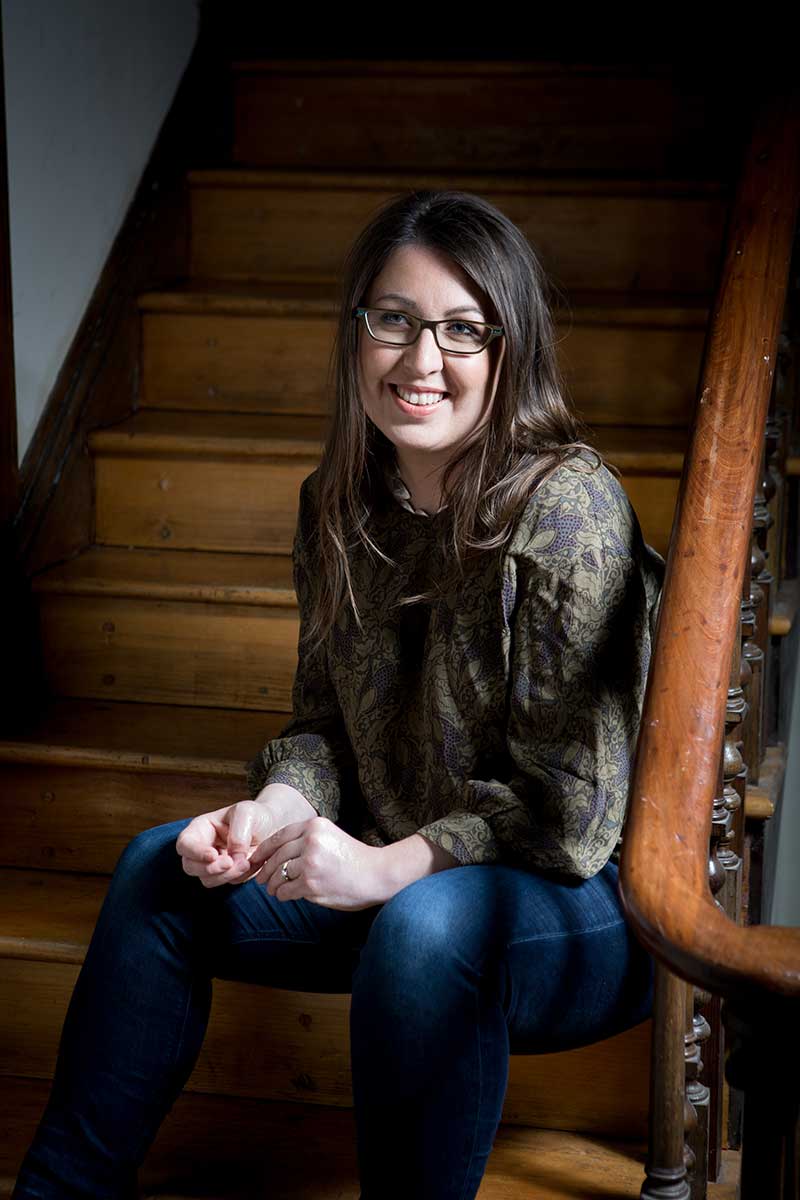
Image Copyright: Gemma Day
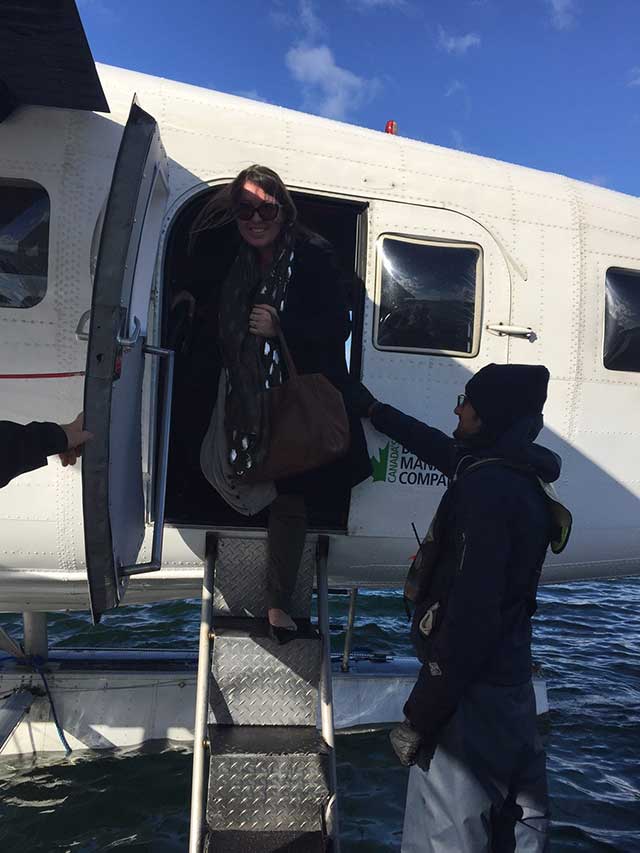
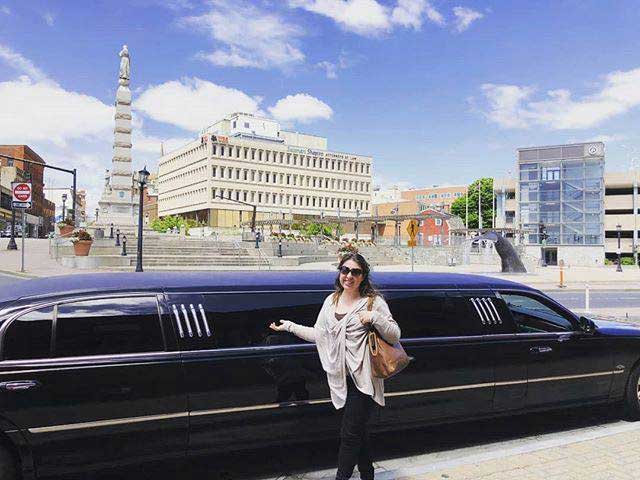
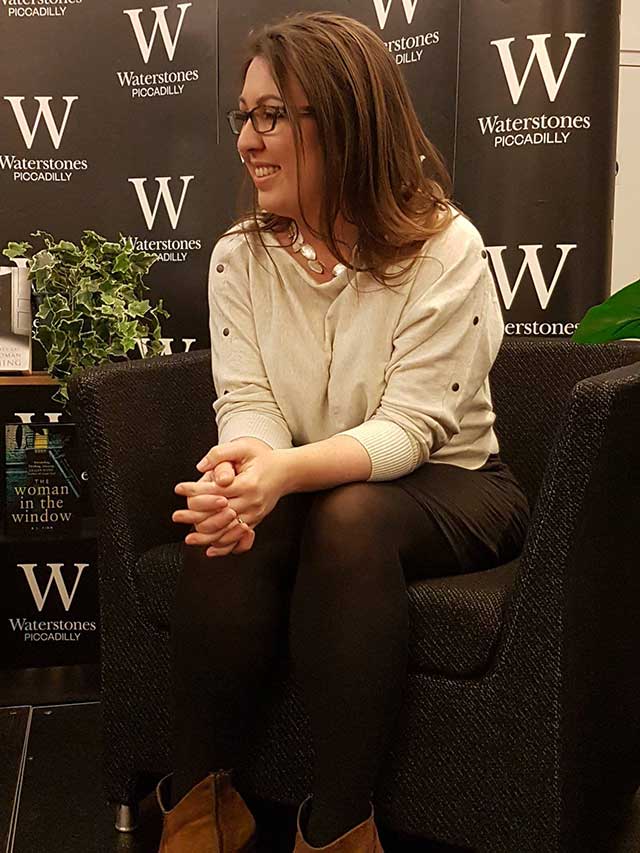
Image Copyright: Karen – My Reading Corner
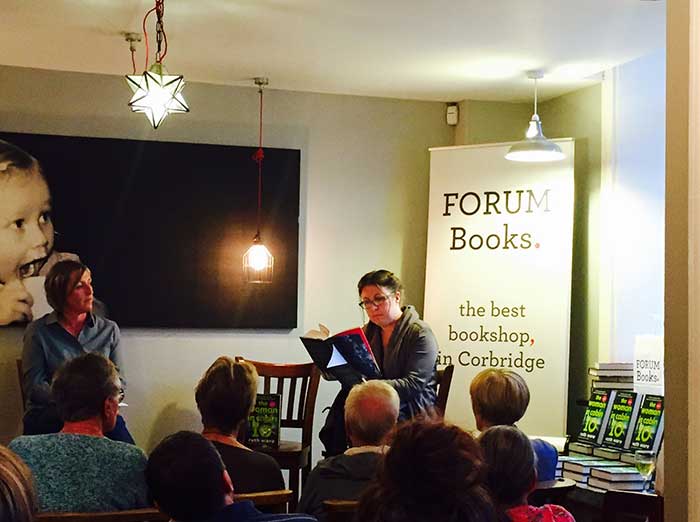
MEET RUTH
I love meeting readers and getting to travel for work is one of my favourite things about being an author.
Click the button below to find out if I’m coming to a town near you.
SEE WHAT’S HAPPENING ON INSTAGRAM
FREE SHORT STORY FOR
BOOK CLUB MEMBERS!
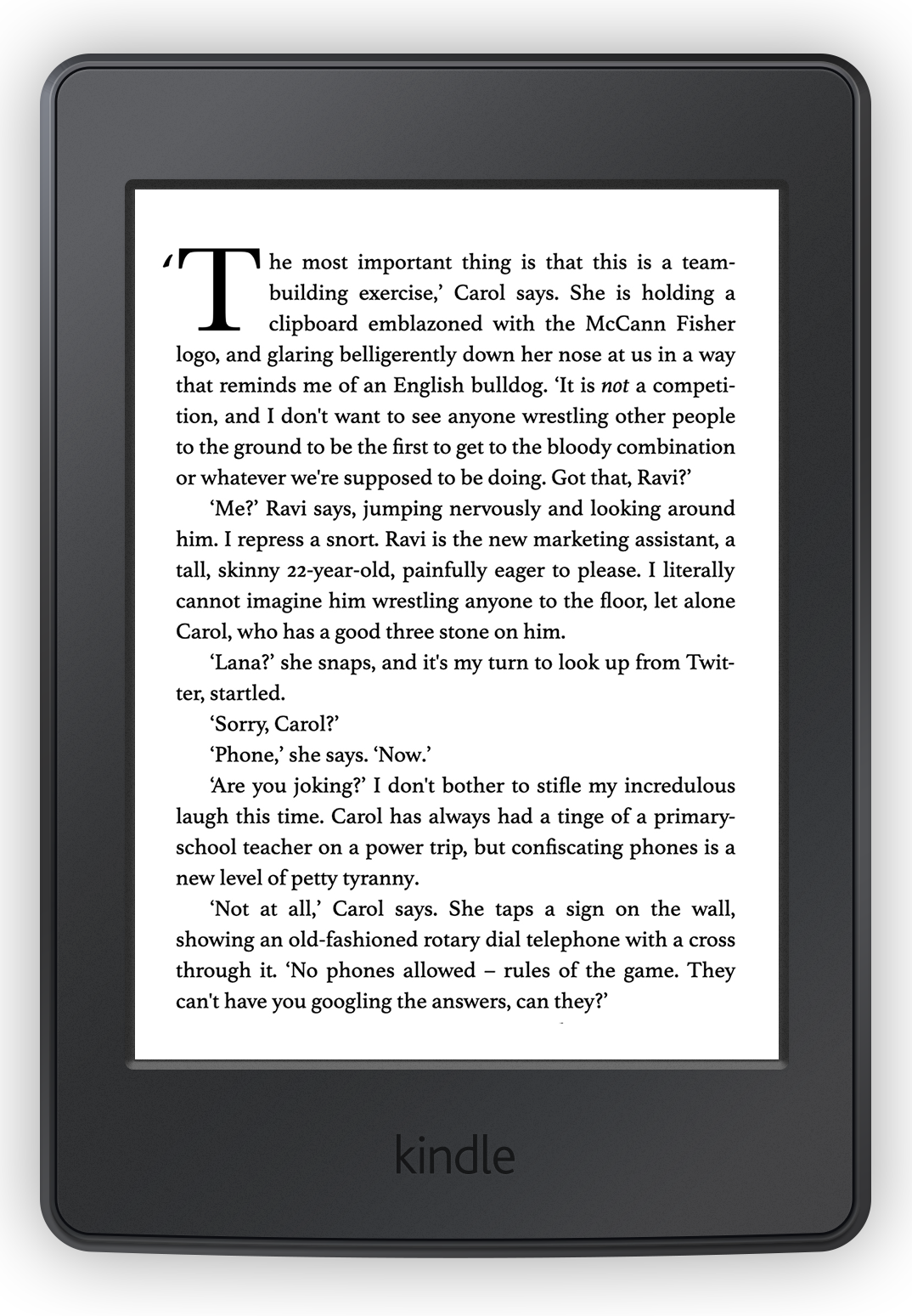
FREE SHORT STORY FOR
BOOK CLUB MEMBERS!
When you sign up to my bookclub, receive my new short story We Will Be Watching completely free.
When Lana and her three colleagues sign up for the "dark, complex and immersive" escape room game, The Masked Ball, they are expecting a fun day out of the office, full of team-building and camaraderie. But someone has other ideas, and as the group struggles to complete the room, it becomes apparent that there is a very twisted mind behind the puzzles and clues.
Can you solve the mystery of The Masked Ball?
PLUS...
* A chance to win a free book! With every newsletter one lucky club member is chosen at random.
* Latest news and book recommendations
* Advance notice of Facebook Live chats with Ruth
* Members-only information including spoiler-filled FAQs about all my books!
We take your privacy seriously. You can unsubscribe at any time. See our privacy policy here.
